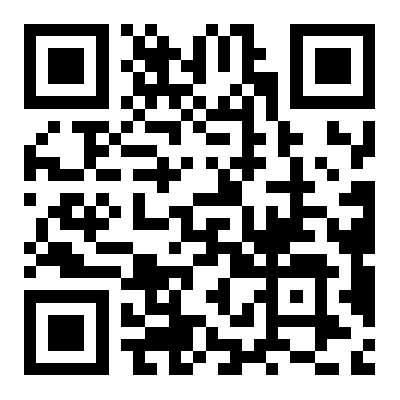19
2025
-
08
What is the function of transmission components
Author:
The main function of transmission components is to transfer power from the active end to the passive end, while adjusting the speed
The main function of transmission components is to transfer power from the active end to the passive end, while adjusting the speed, torque, and direction of motion.
Power transmission
Convert the energy from the engine or other power sources into mechanical energy to drive the load to operate. For example, a car transmission shaft transfers engine power to the wheels.
Torque adjustment
By adjusting the torque through mechanisms such as gears and belts, different working conditions can be met. For example, the transmission amplifies or reduces torque through different gears.
Speed Control
Adjust the speed through gear shifting, clutch disengagement, and other methods, such as interrupting power transmission when shifting gears.
Movement direction conversion
Partial transmission devices can change the direction of motion, such as universal joints that achieve angle changes in transmission.
Common types of transmission components
Clutch: Ensure smooth gear shifting and interrupt power if necessary.
Transmission: shifting, torque changing, direction changing, interrupting power transmission.
Universal transmission device: power transmission that adapts to changes in the angle between two axes.
Main reducer: Reduce speed and increase torque, change transmission direction.
Differential: Allow the left and right axles to rotate at different speeds.
Half shaft: transmits power to the drive wheels.
What are the types of mechanical components
Connectors: used to fix or combine other parts, such as bolts (with over 2000 commonly used specifications in ISO standards), rivets, welded joints, etc.
2025-08-19
Precautions for maintenance of mechanical parts
Specific measures for the maintenance of mechanical components should be developed based on the type of equipment and the function of the components.
2025-08-19




